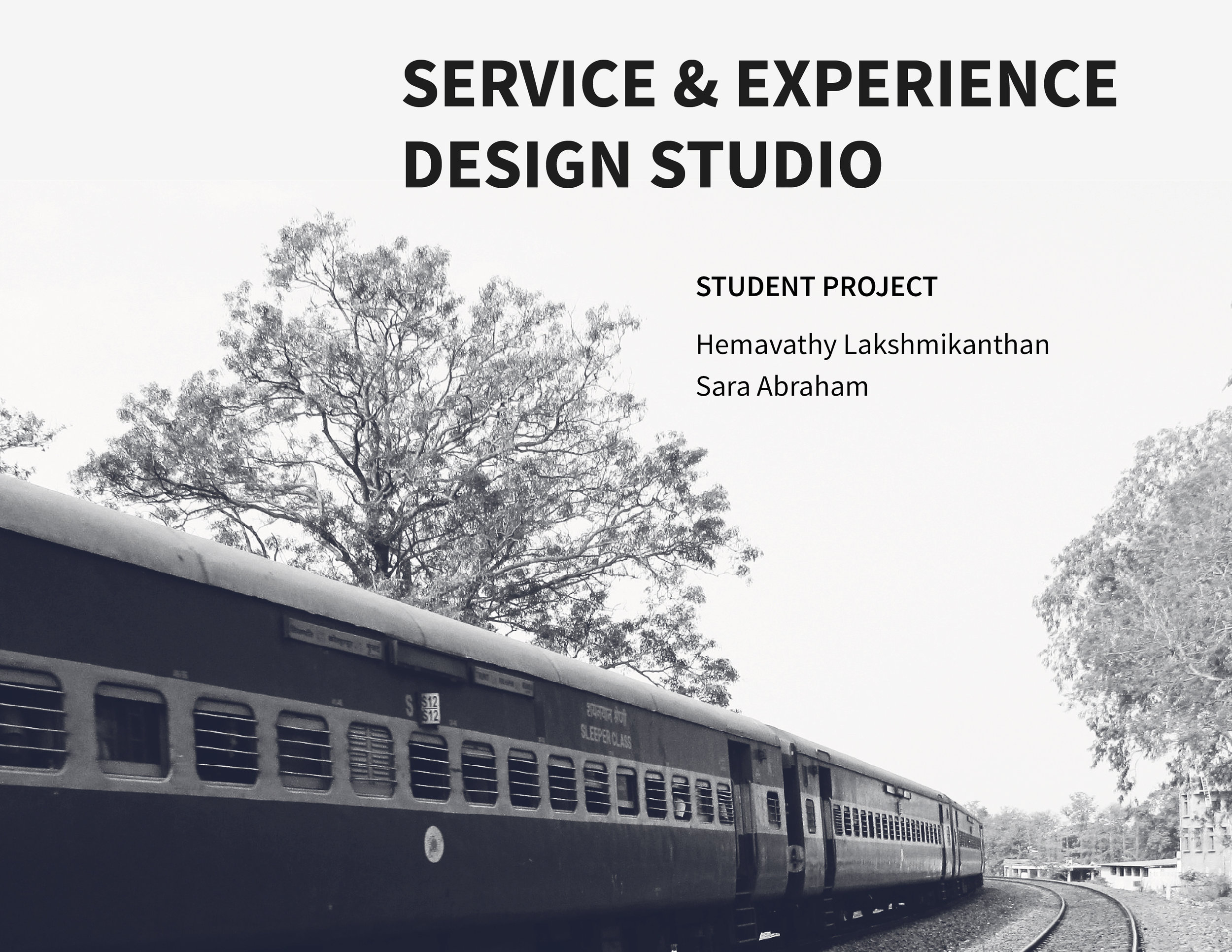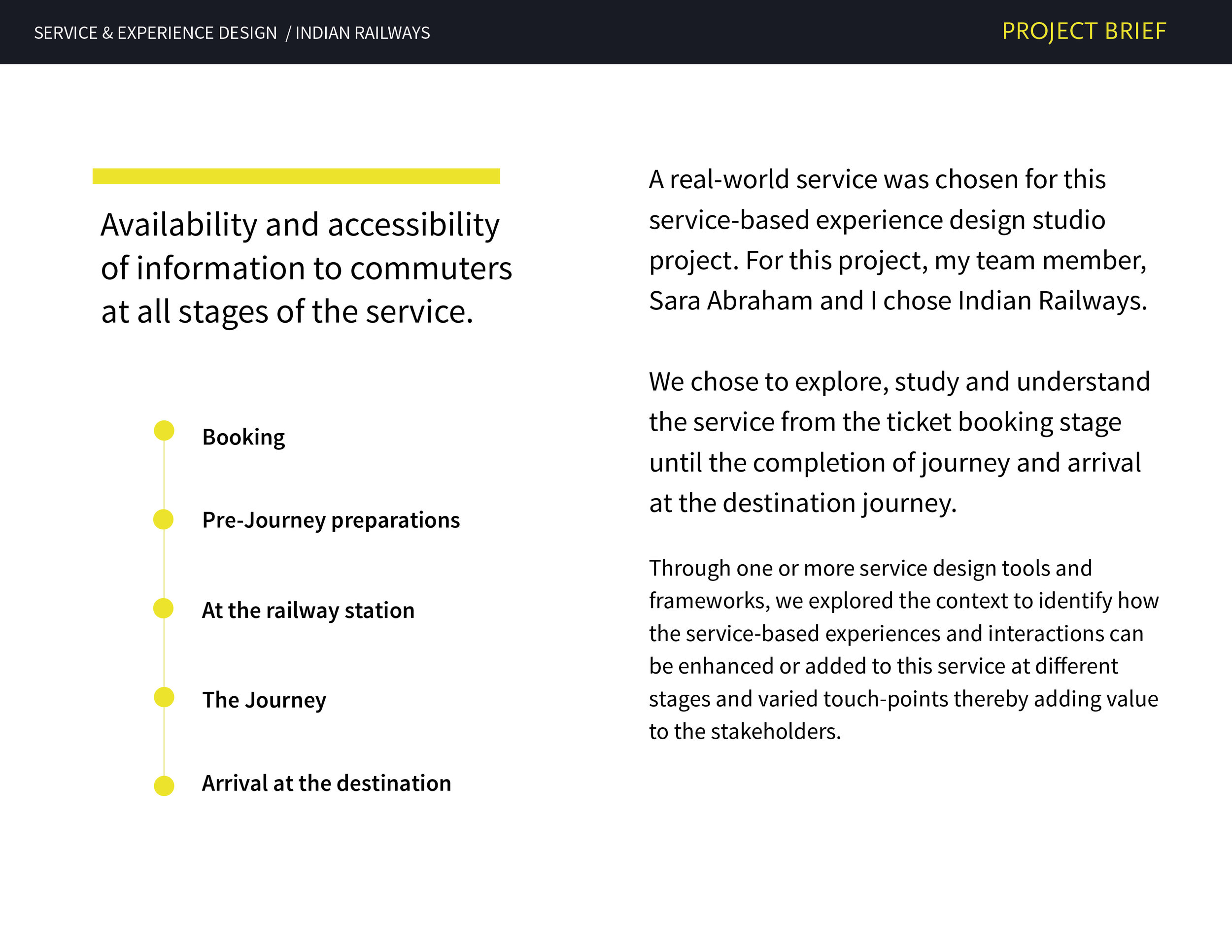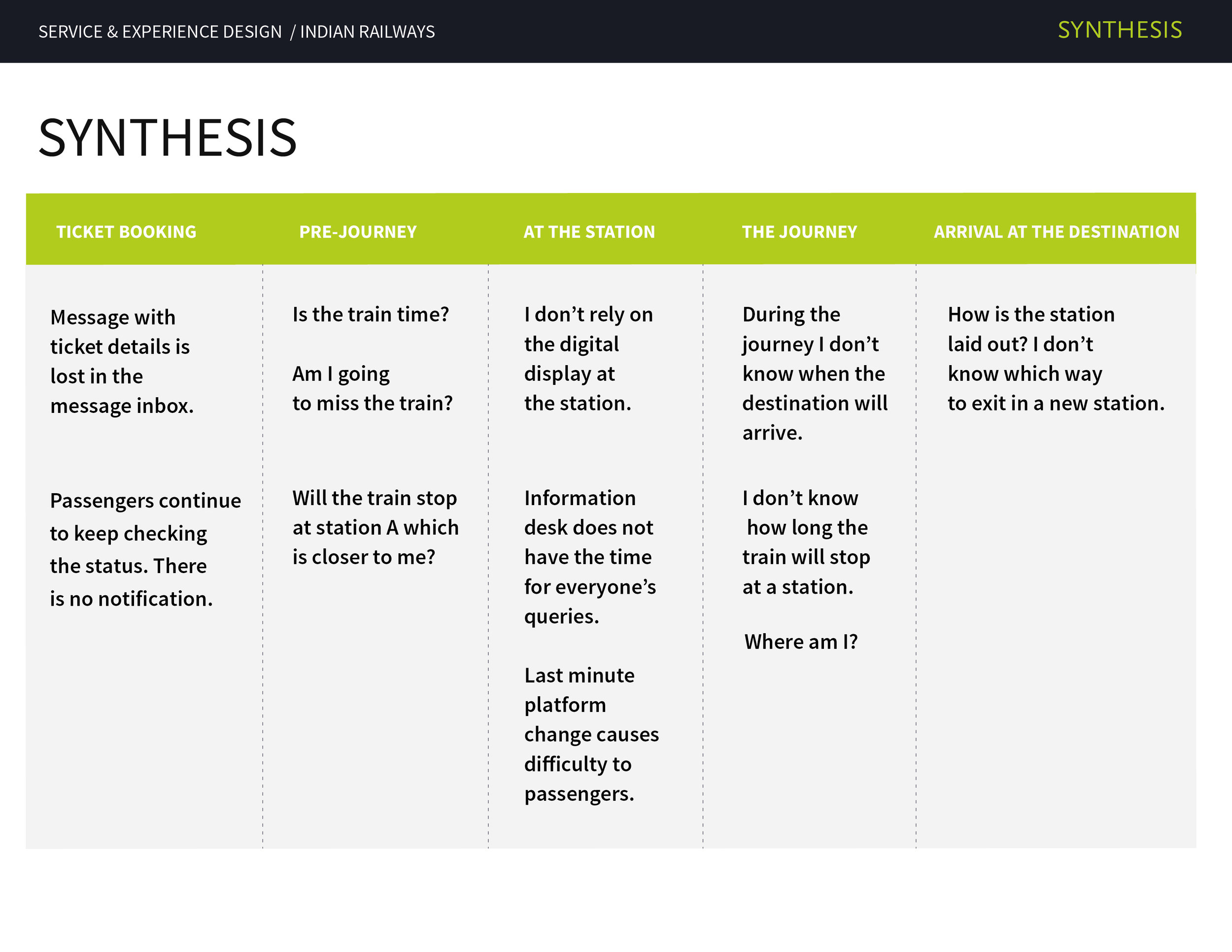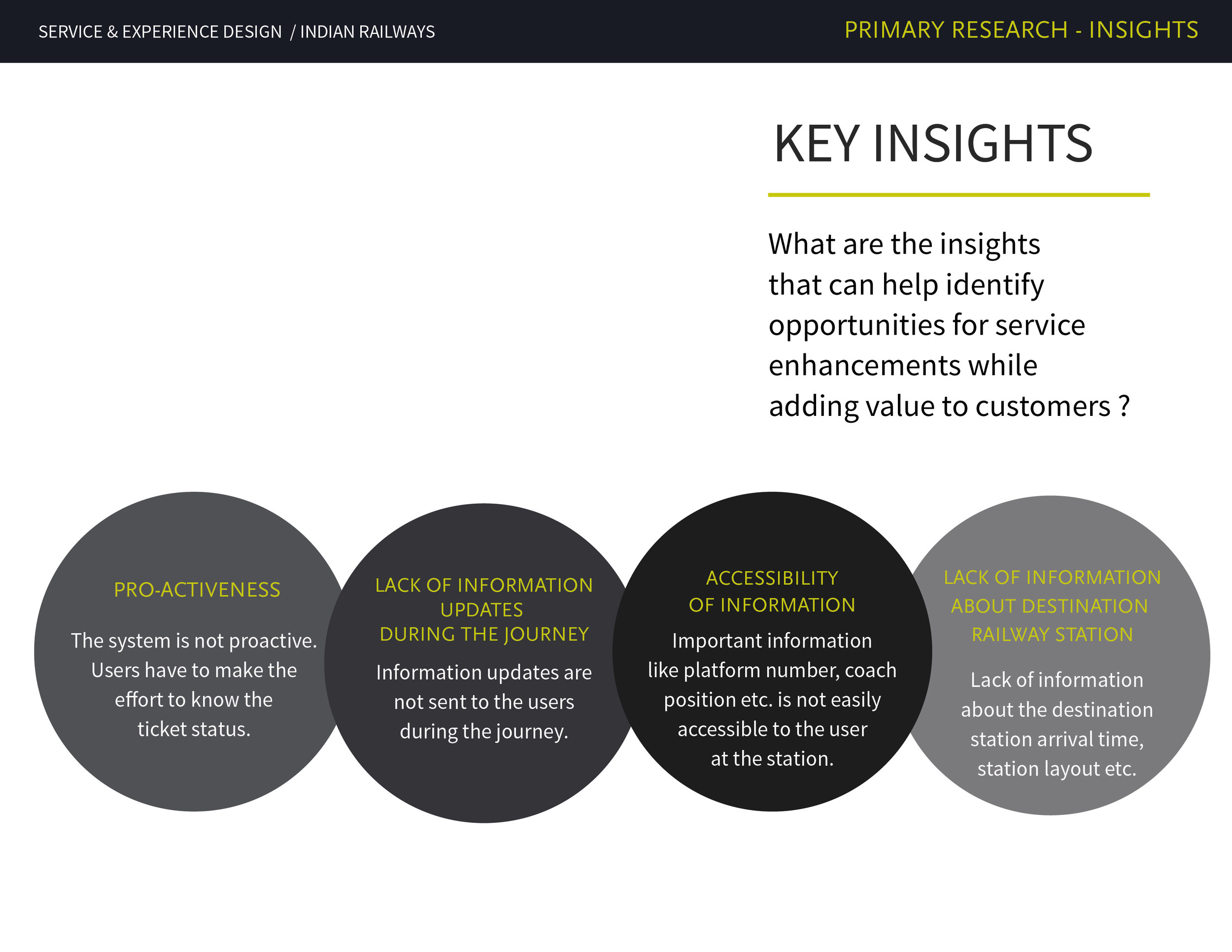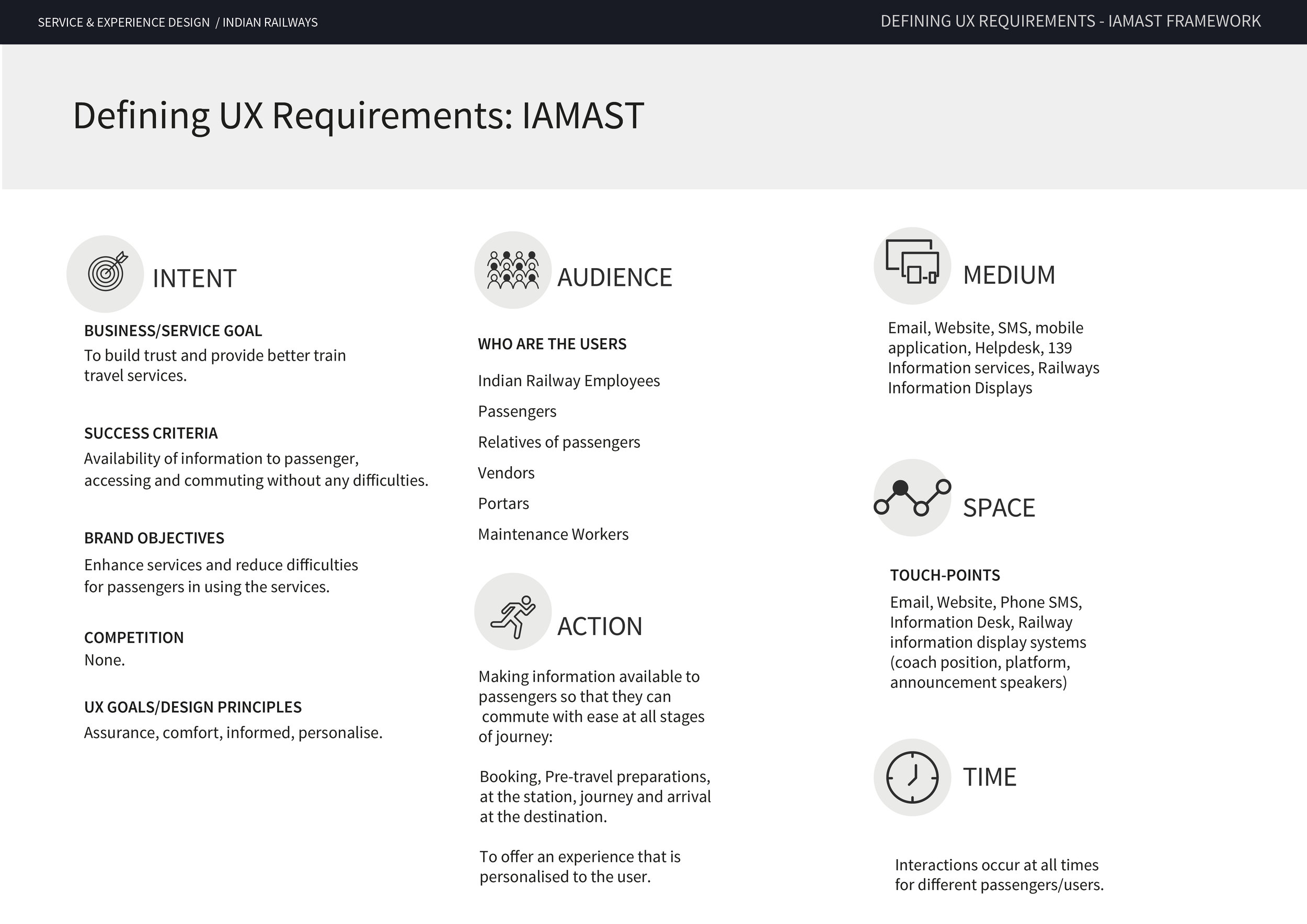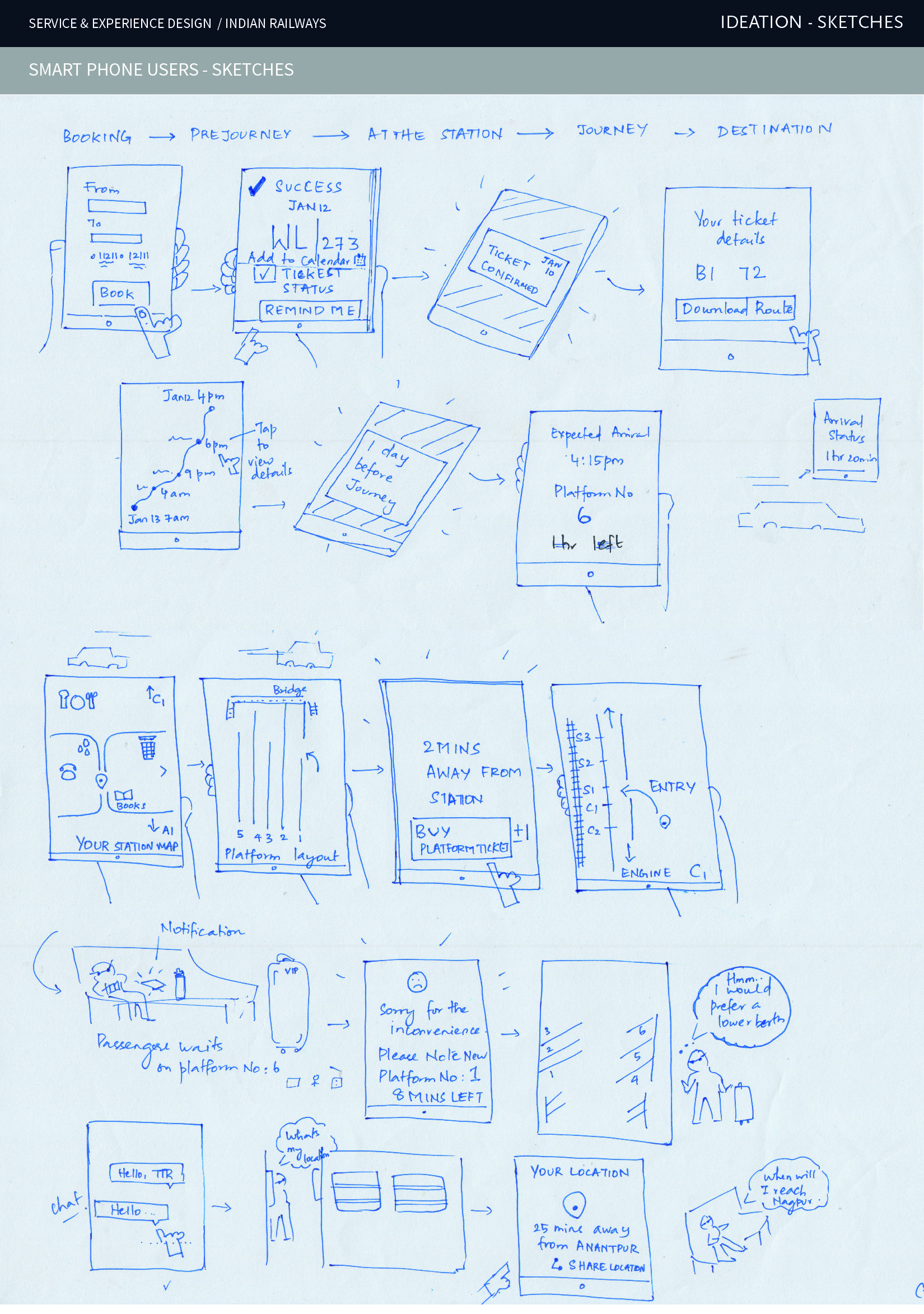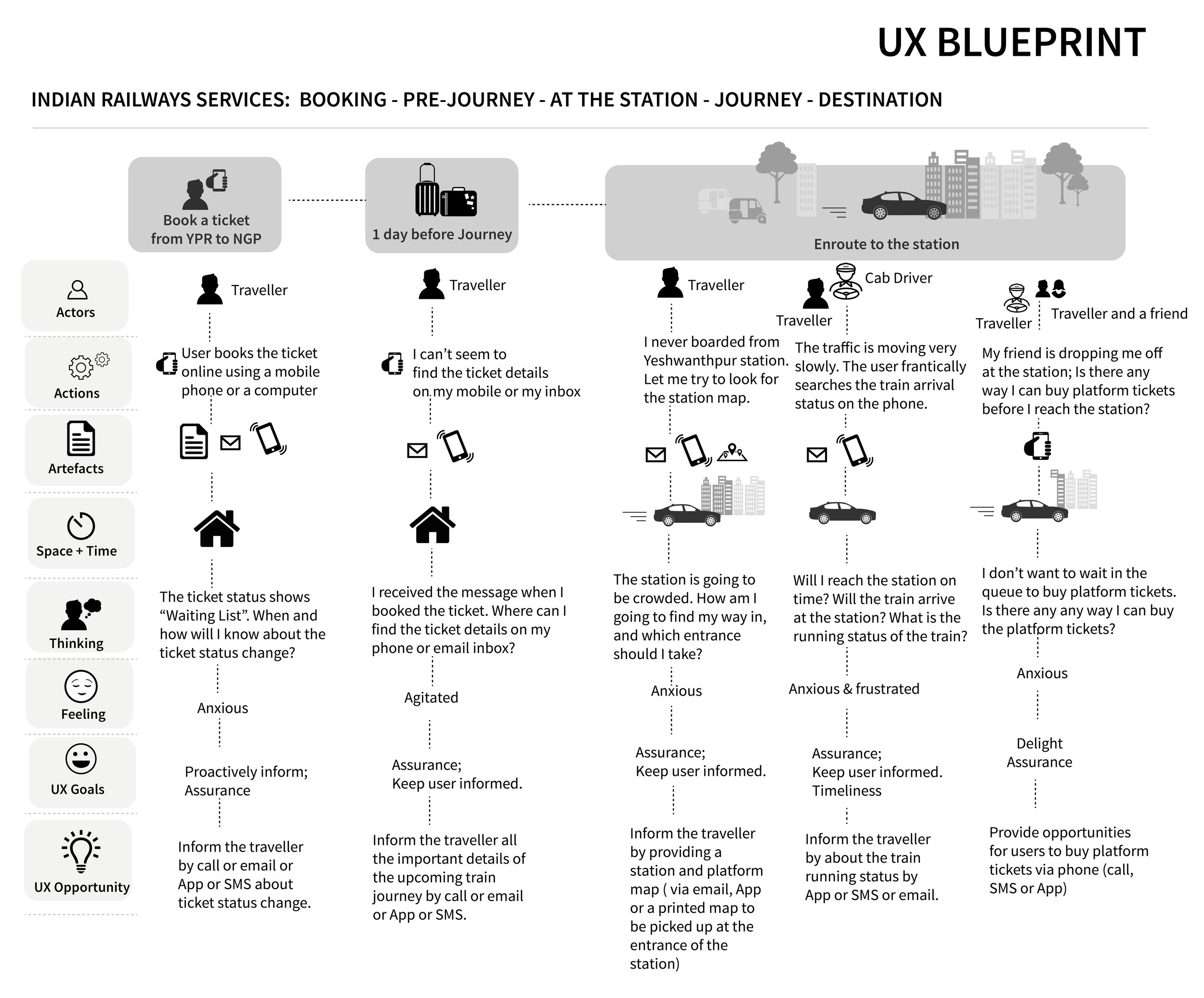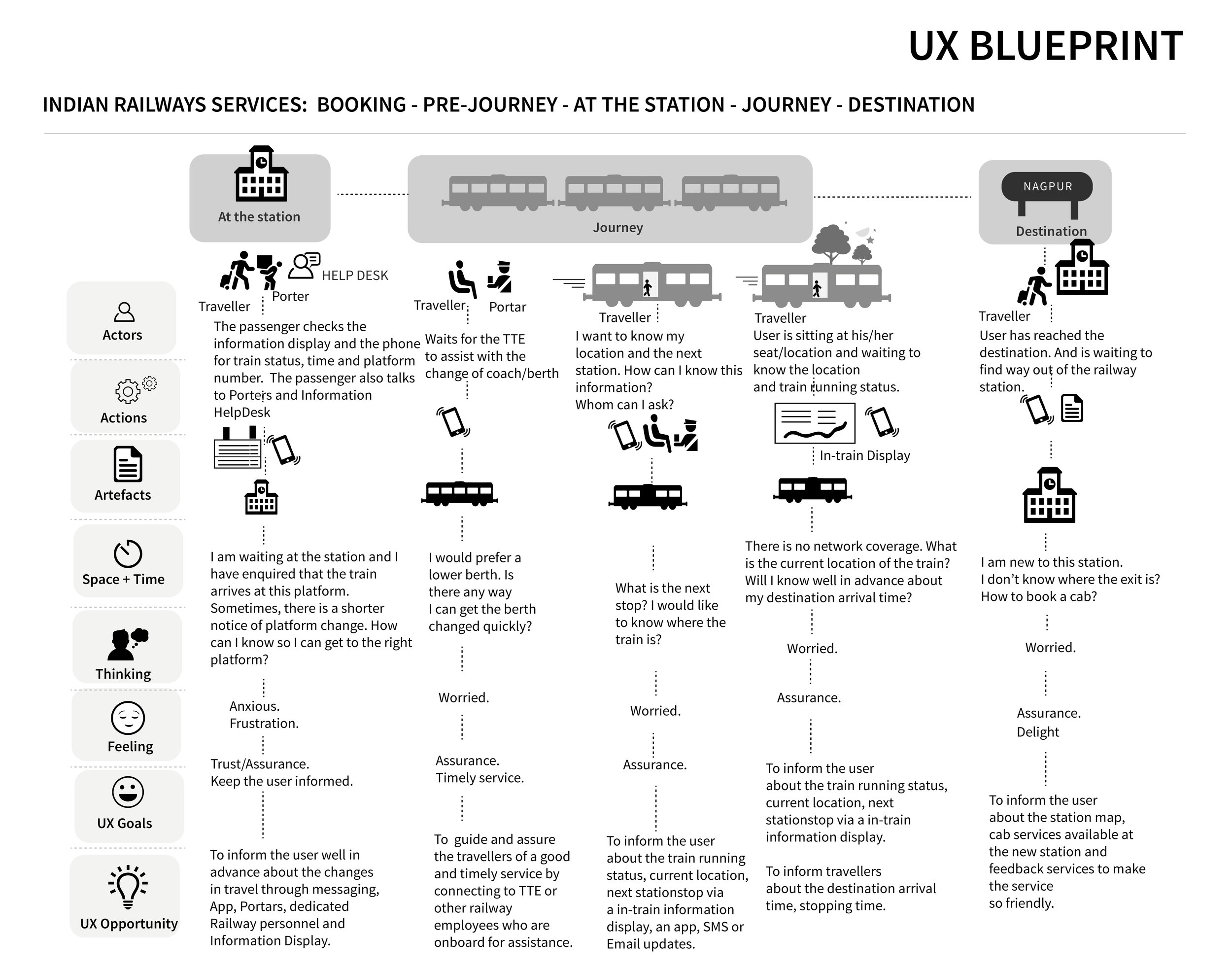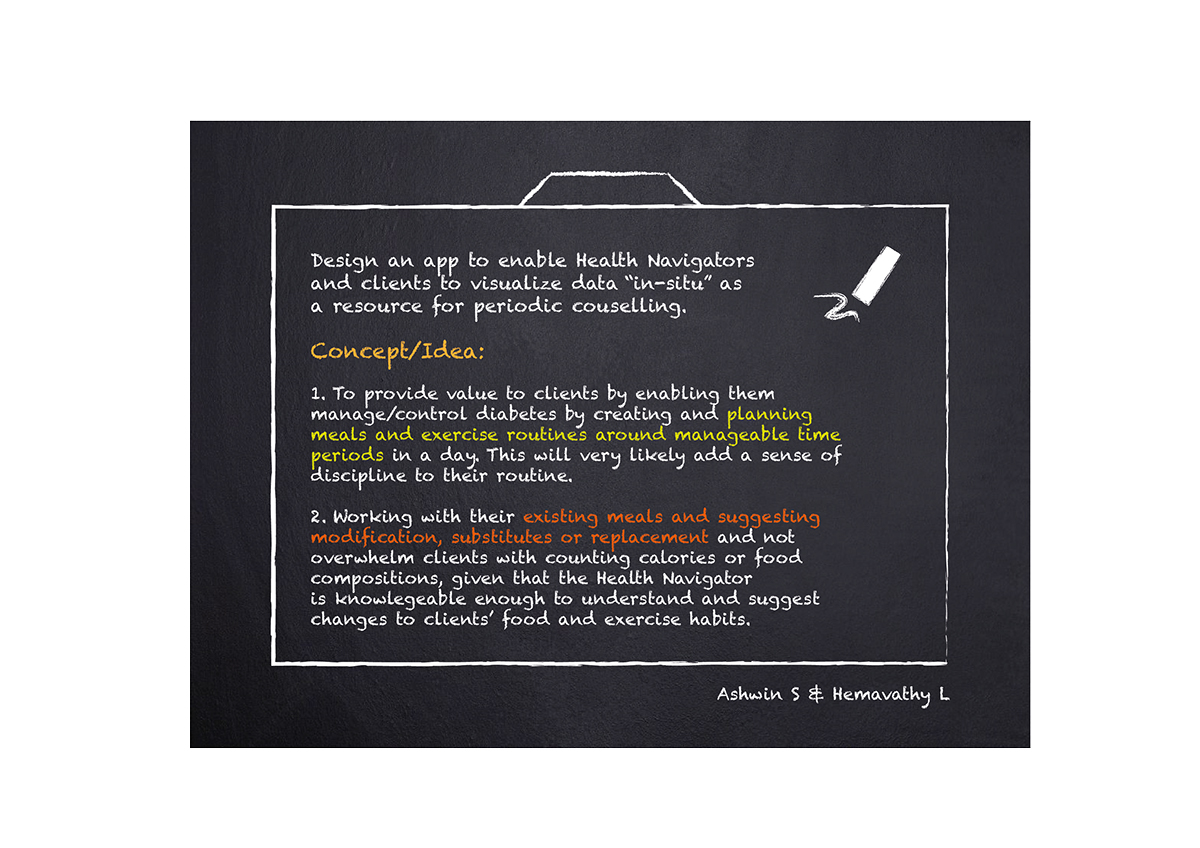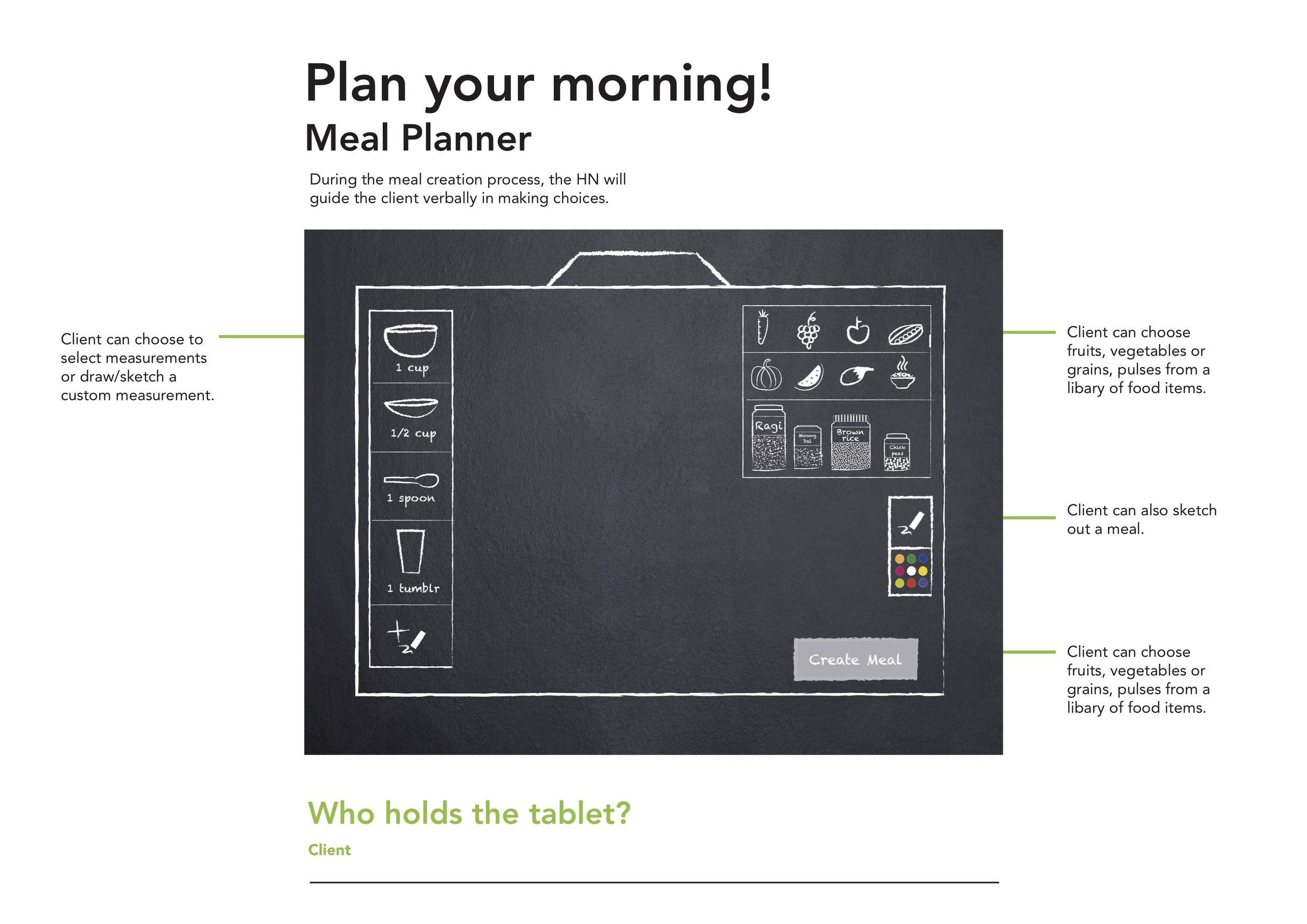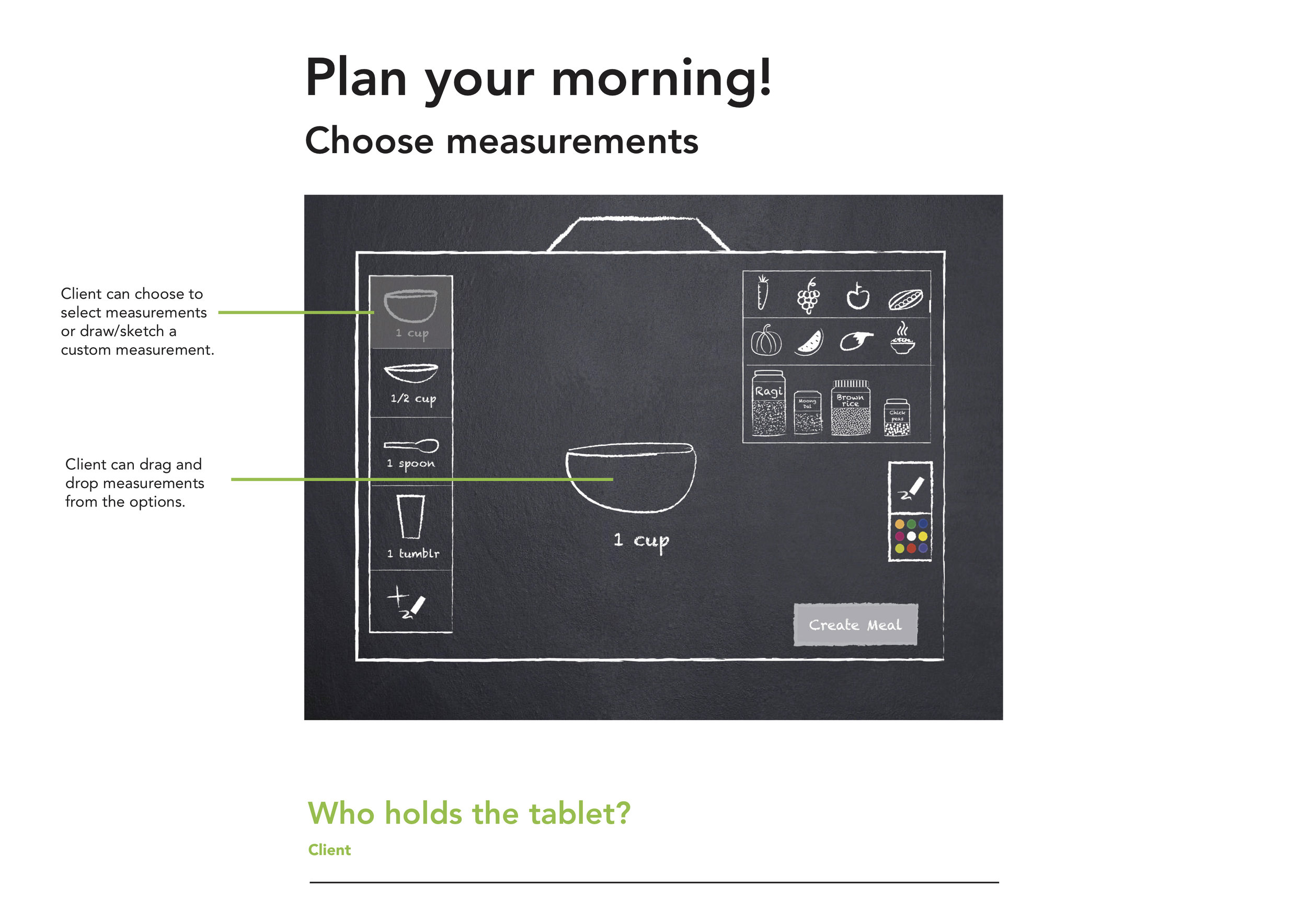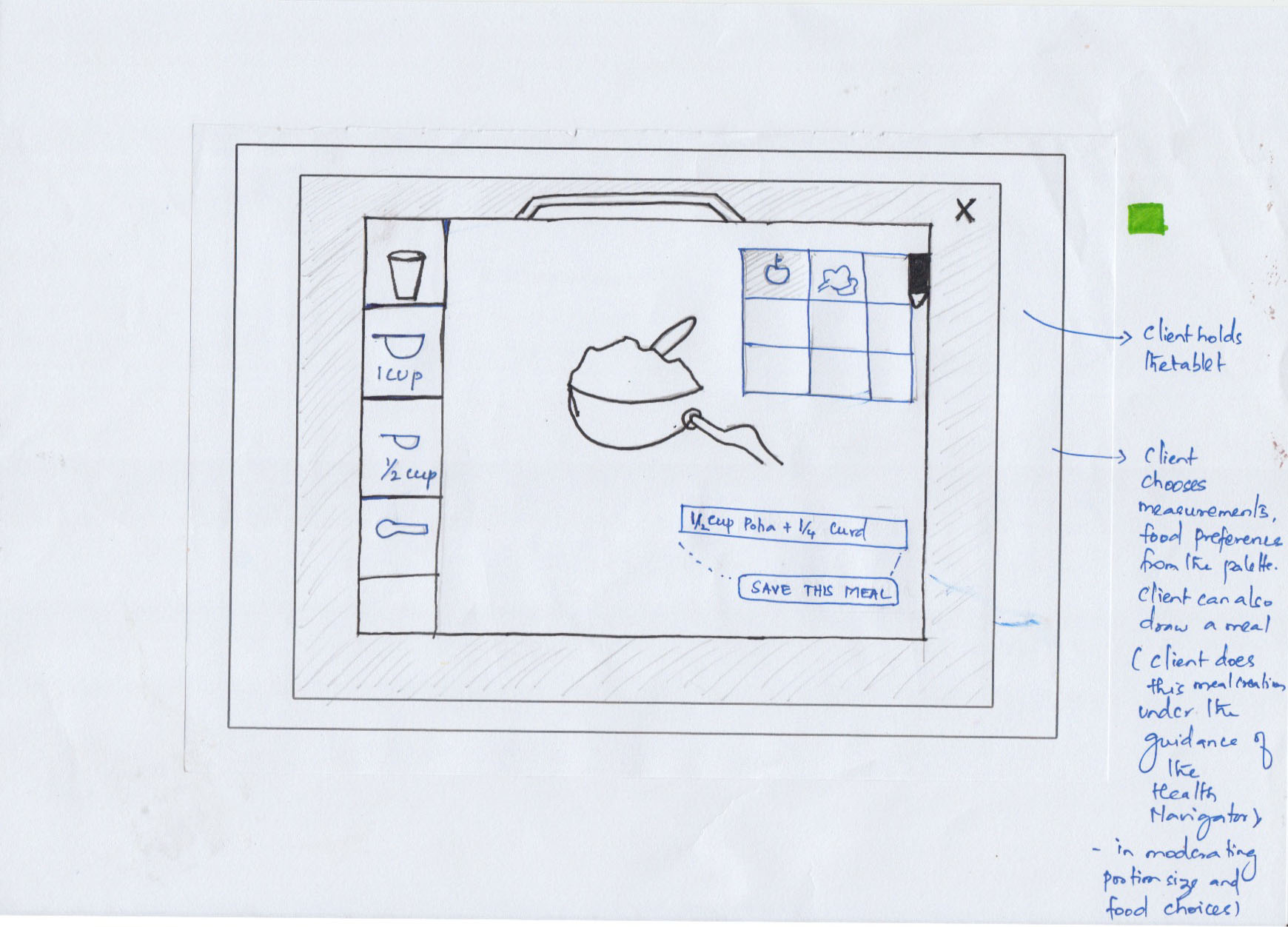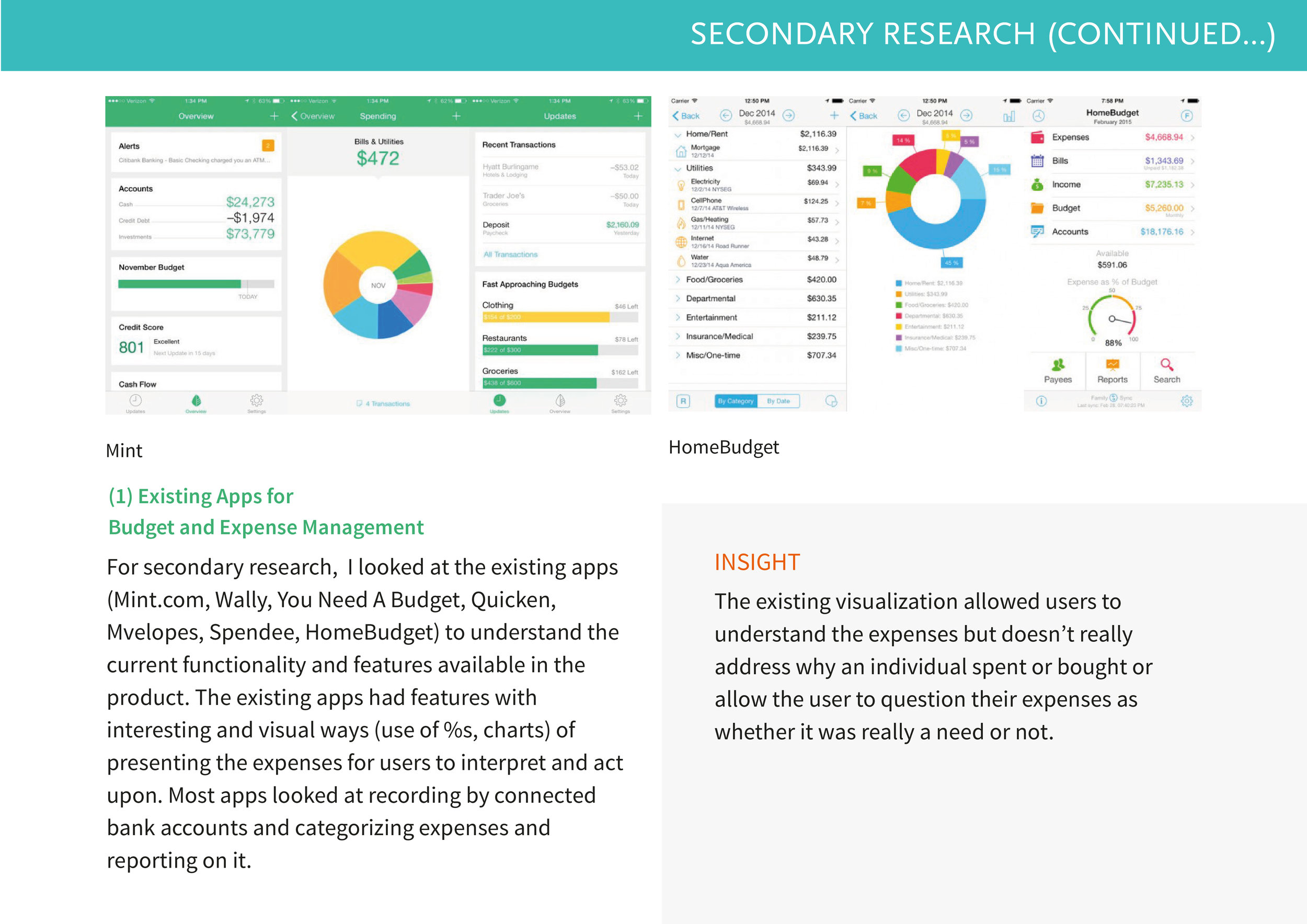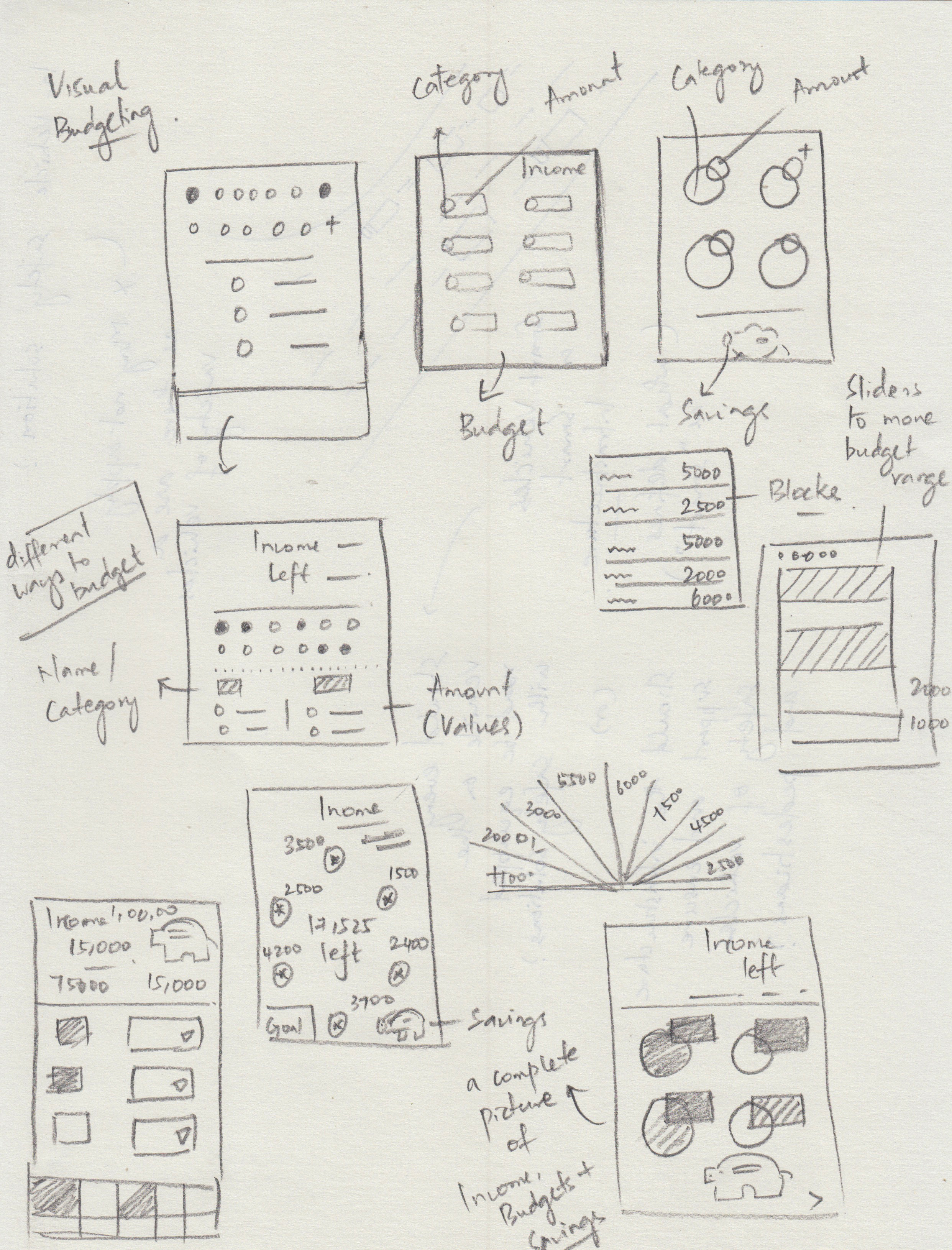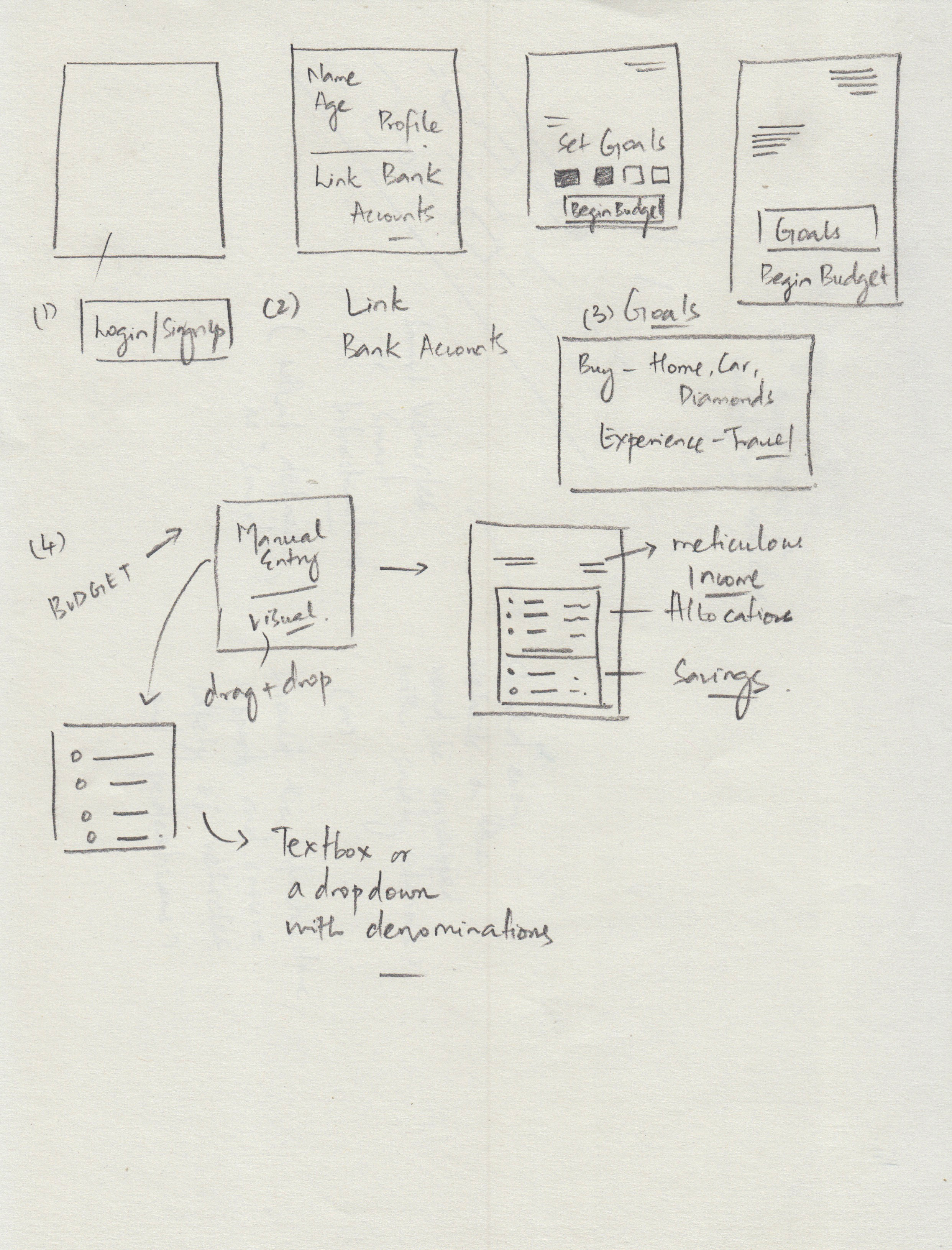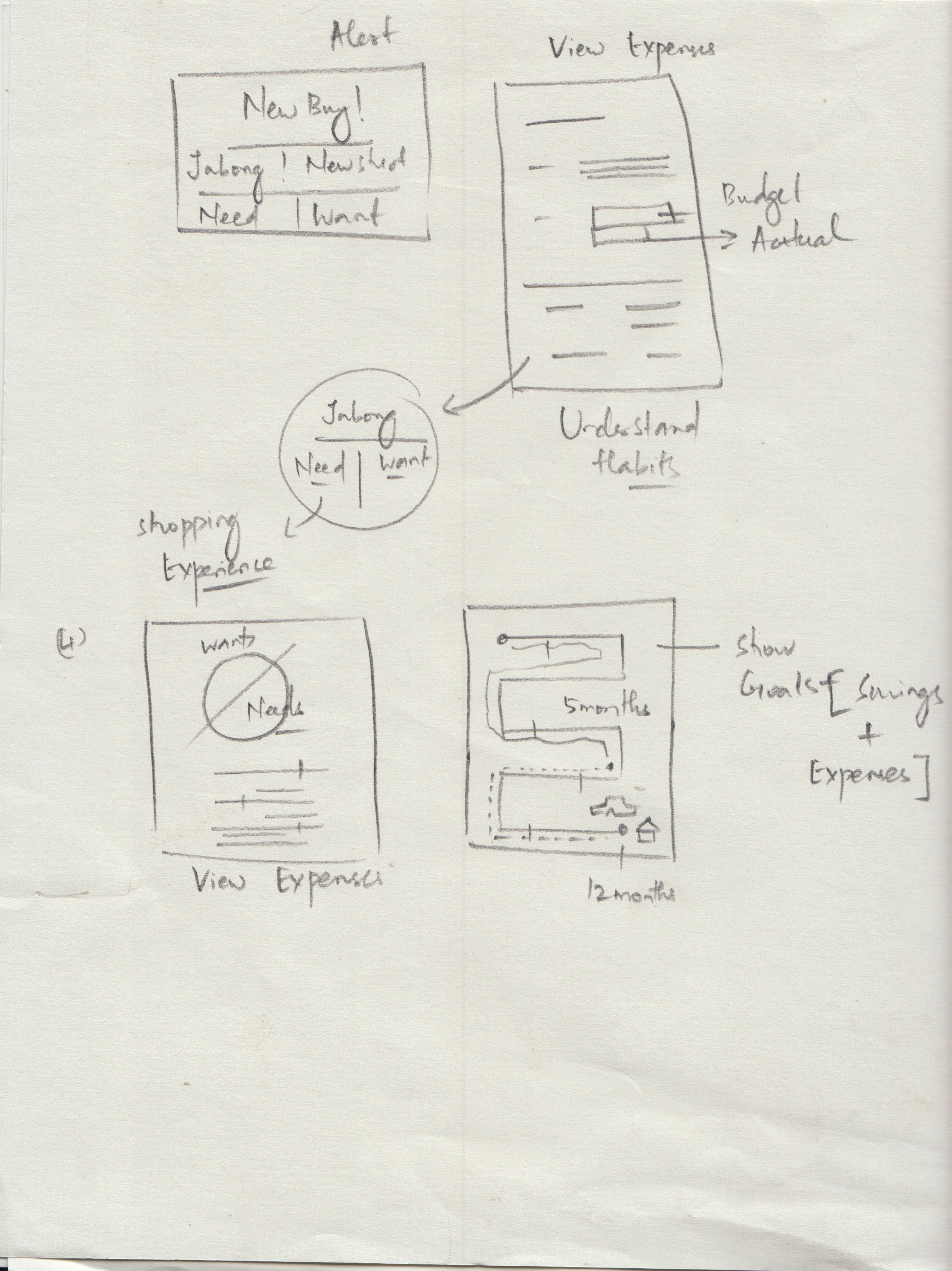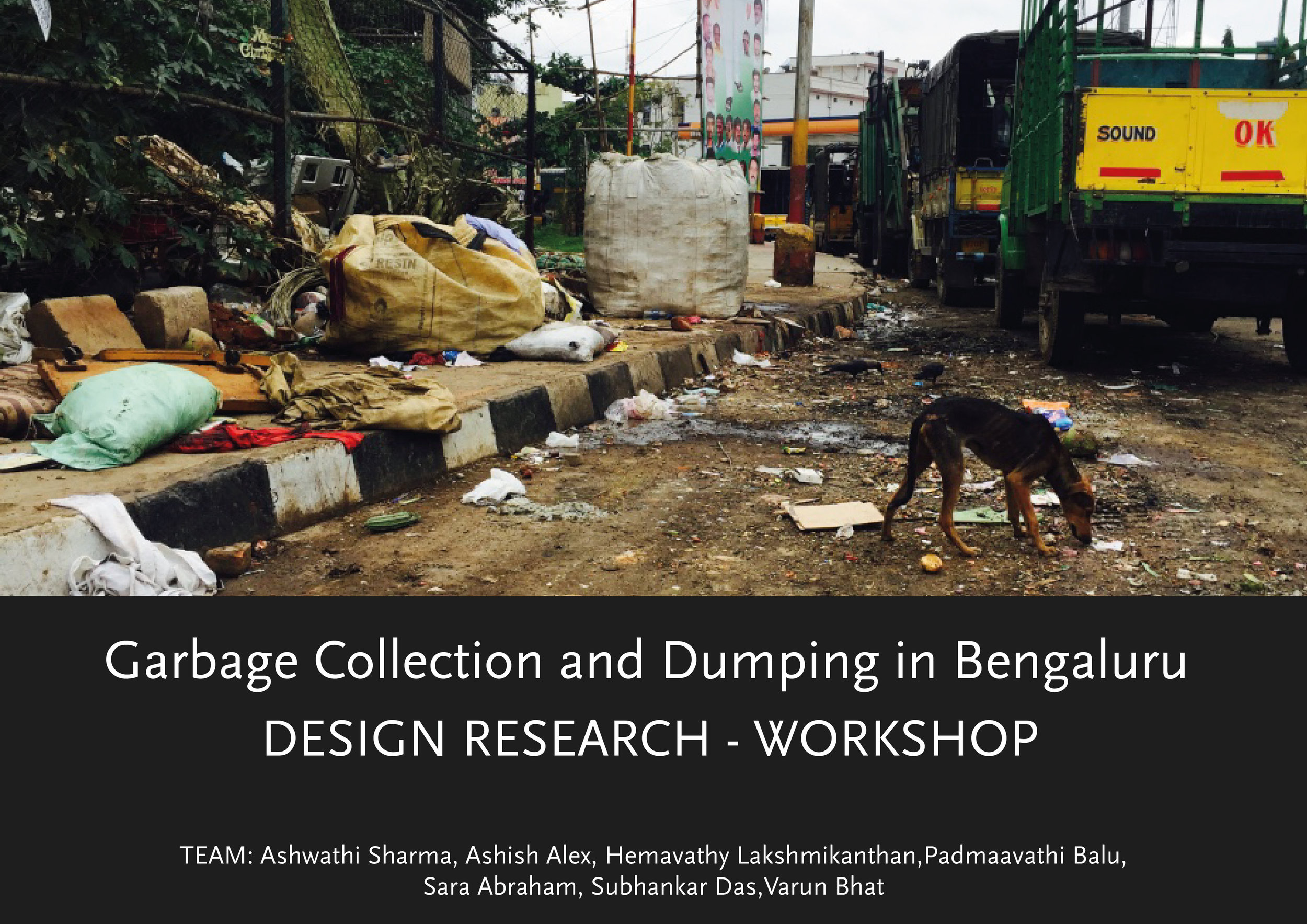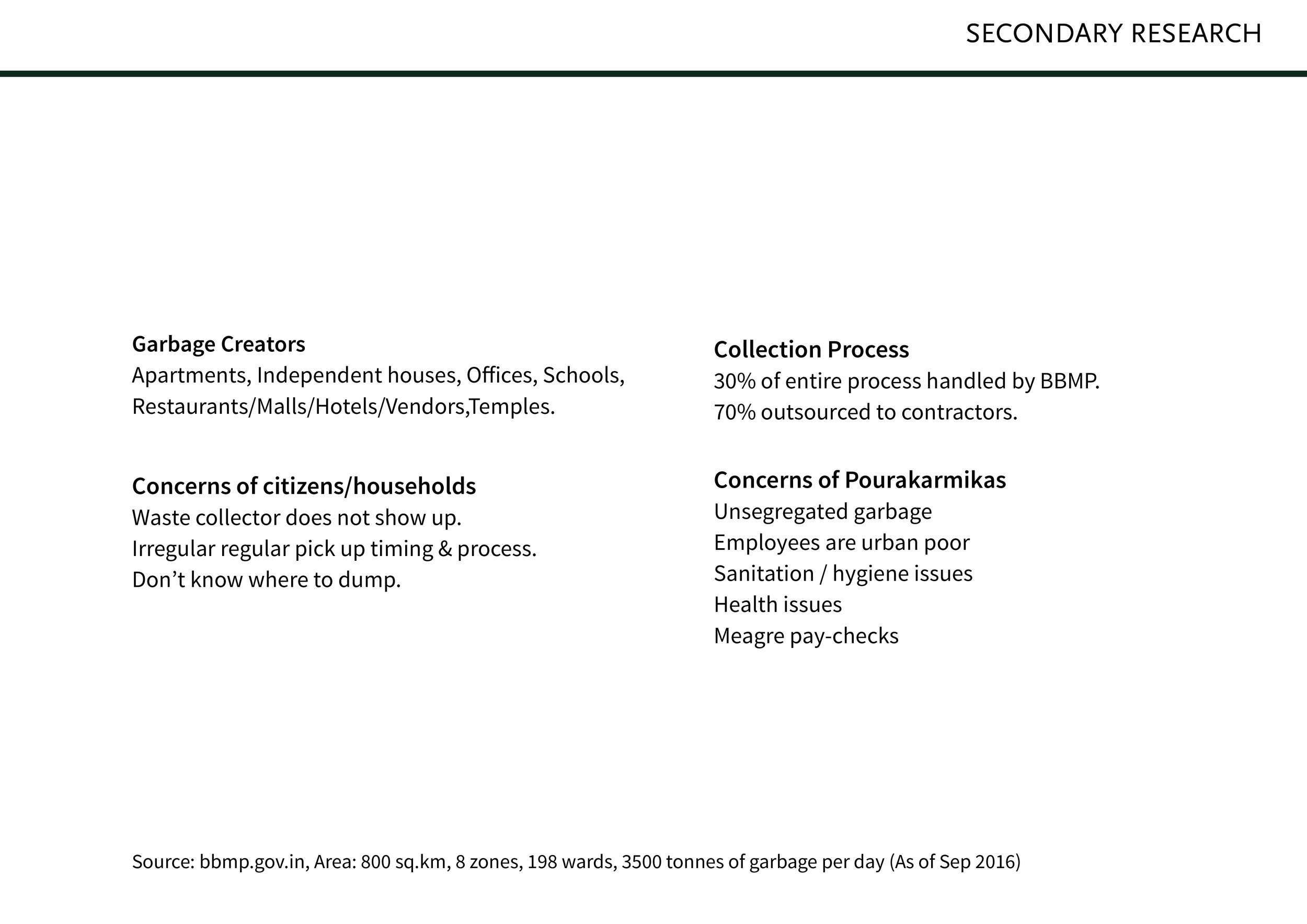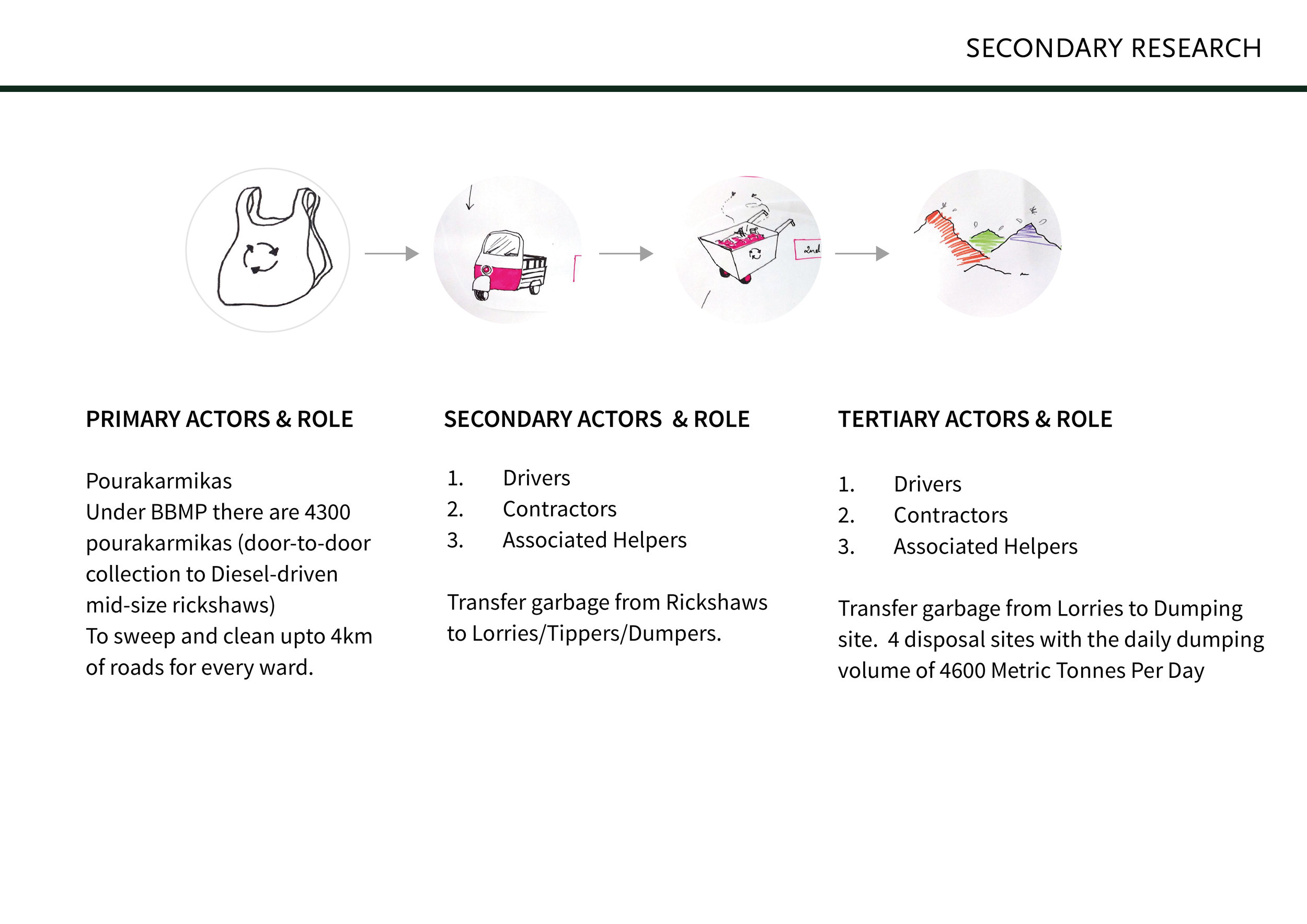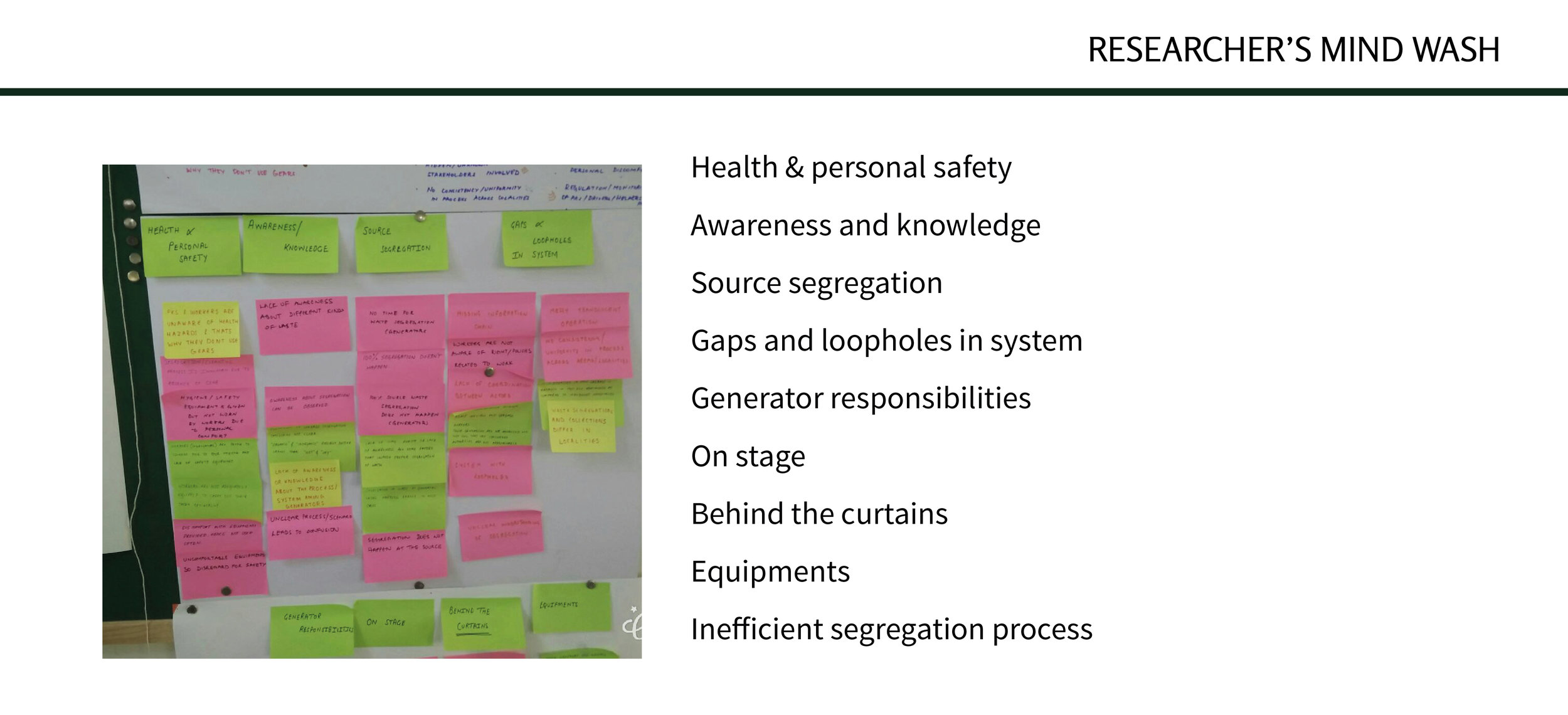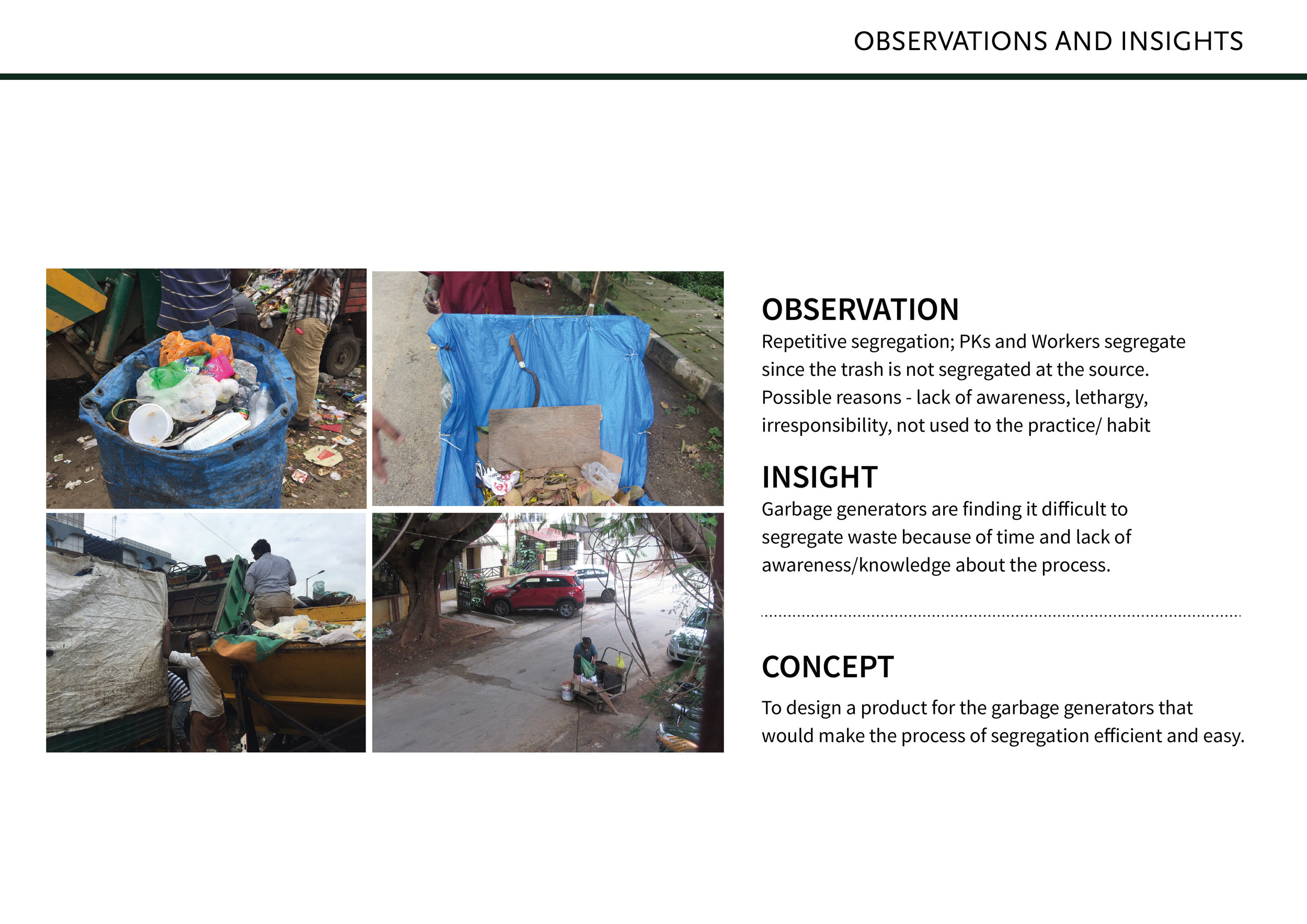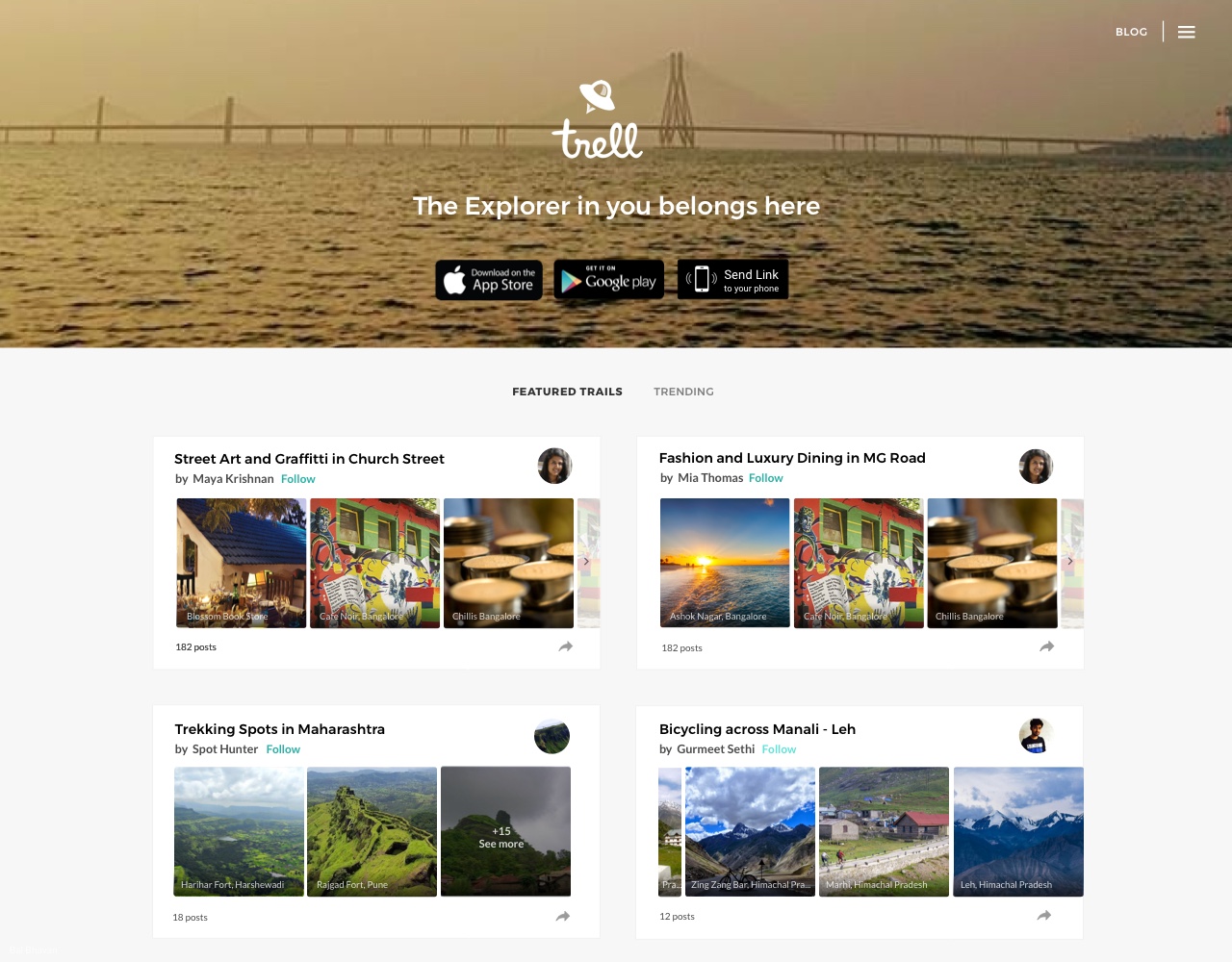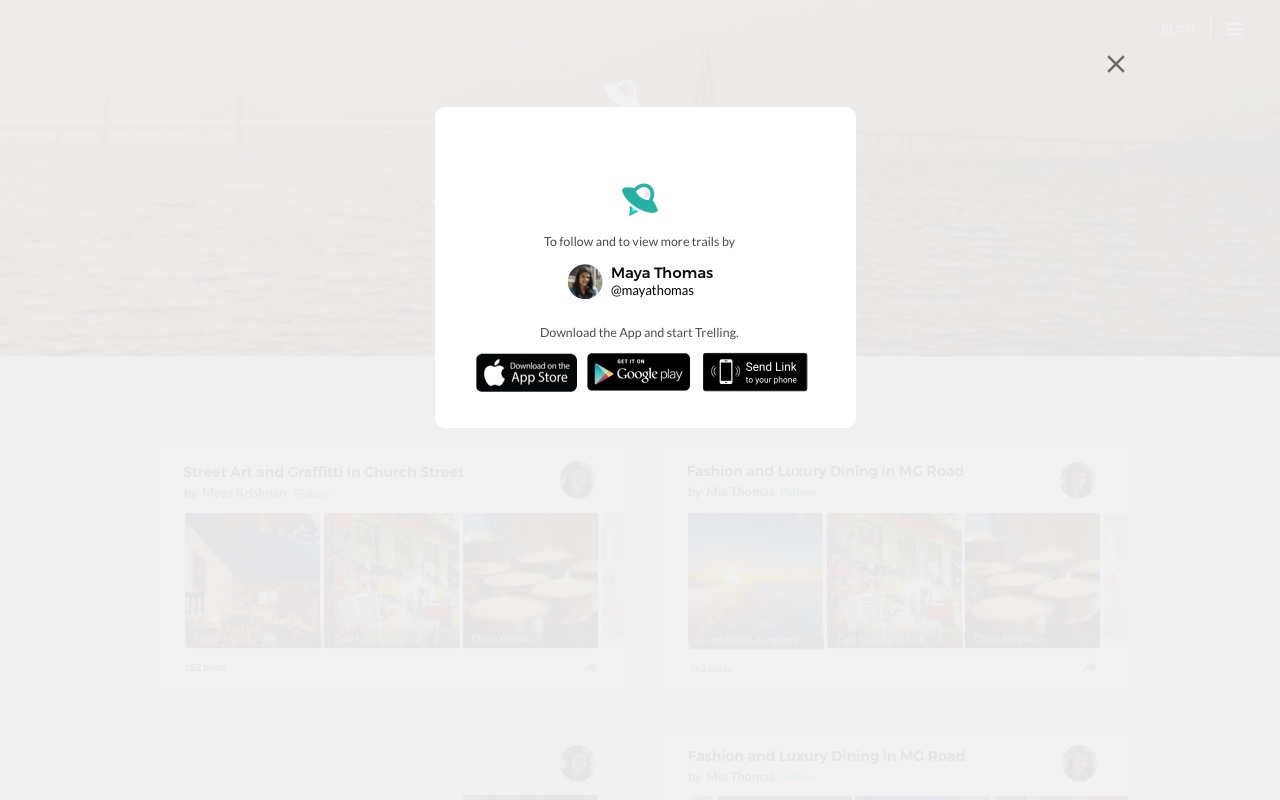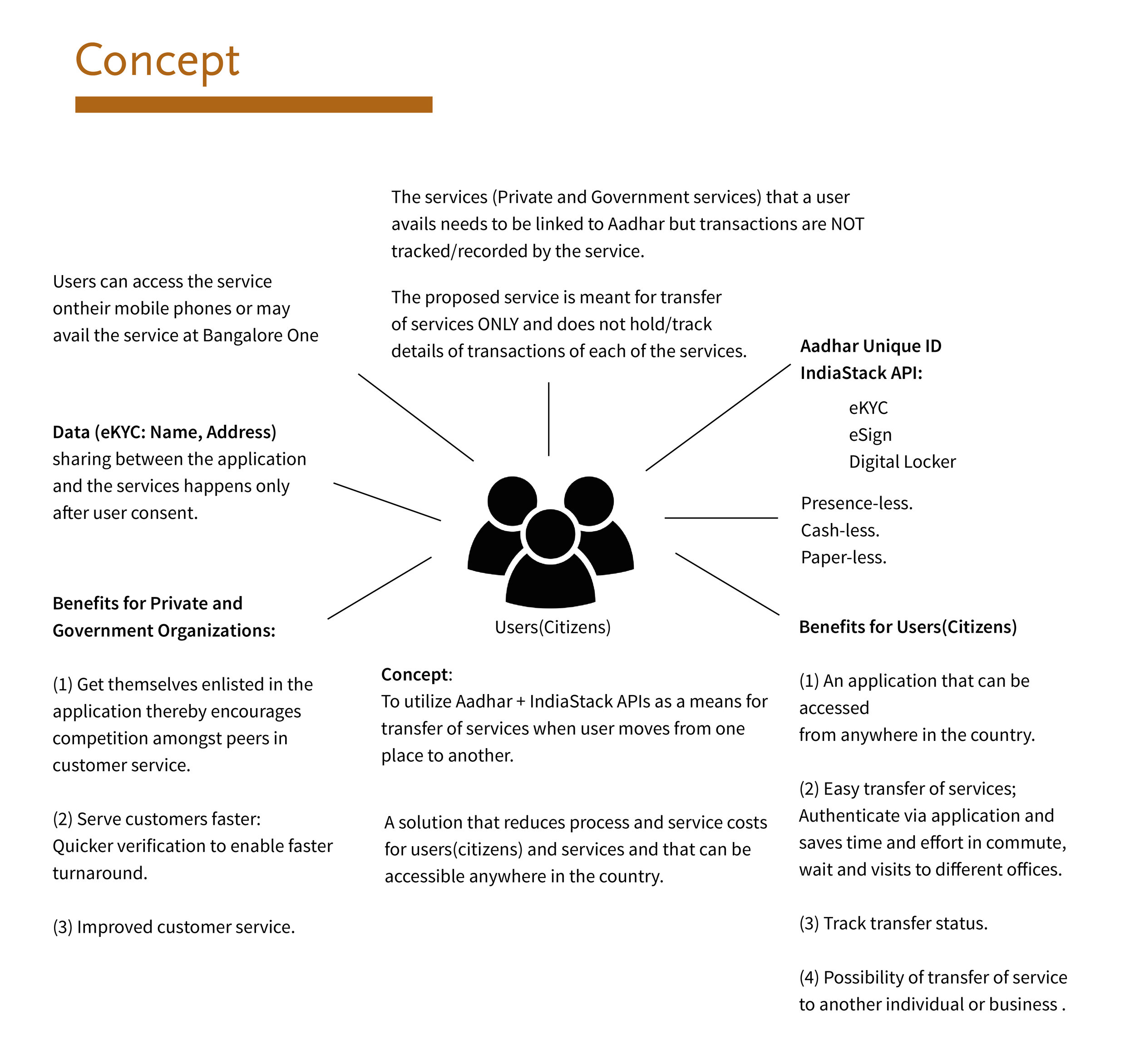Process work and documentation of the thesis project is available at:
https://issuu.com/betweensketches/docs/degreeproject-betweensketches
Digital technology is pervasive and continues to be a part of our everyday lives. As much as we benefit from it, they call for our attention, interrupt the activities that we are engaged in; We choose to stop and disengage from the activity we are doing, attend to it and then bring our attention back and then continue to engage in the activity. How can interactions between the user and the artefact be more fluent, non - disruptive and less attention seeking? How can this “fluency” be researched in the context of a body?
This project is inspired by the paper on “Fluency as an Experiential Quality” by Jonas Löwgren. Fluency, a use quality or aesthetic interaction quality is a concept developed by Jonas Löwgren with respect to the use of digital artefacts. He defines fluency as the degree of gracefulness with which the user deals with multiple demands for her attention and action, particularly in augmented spaces where the user moves through shifting ecologies of people, physical objects, and digital media. With respect to fluency, I chose to understand the role of body in bringing out fluency in interactions with digital artefacts while also engaged in a bodily intensive context.
The research focus for this project is similar to the Quiet Calls - Talking Silently on Mobile Phones, a study and a prototype set in a social context to understand and explore the interaction possibilities for graceful transitions from being part of an ongoing meeting to attend to an incoming phone call.
The research area and focus of this project is to study fluency as an experiential quality in a physical context such as climbing the stairs.
Through this project, I aimed to address:
If, how and what is the role of body that is already engaged in an bodily intensive activity such as climbing the stairs, thus bring about fluency in interactions with digital technology (through artefacts) while attending to an incoming phone call?
What are the alternative possibilities of interactions and experiences that can be explored with wearable technology while exploring the role of body in the interactions with the digital technology in the context of design - climbing the stairs?

















